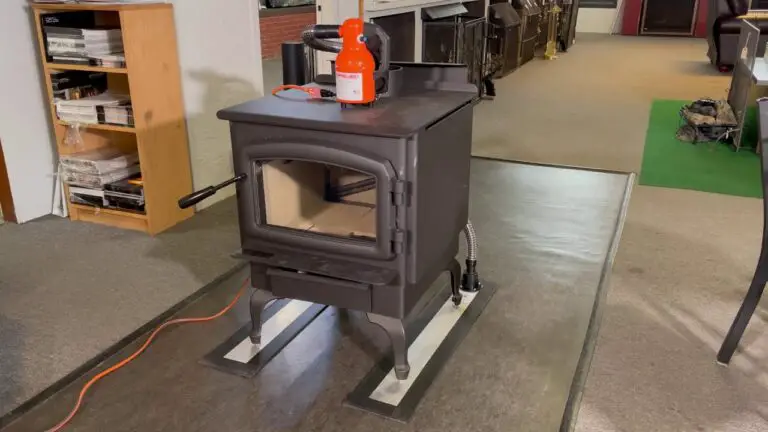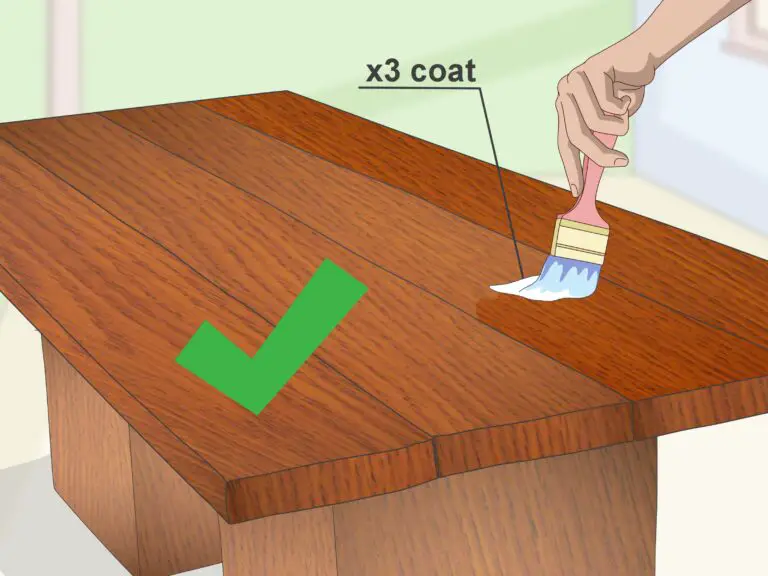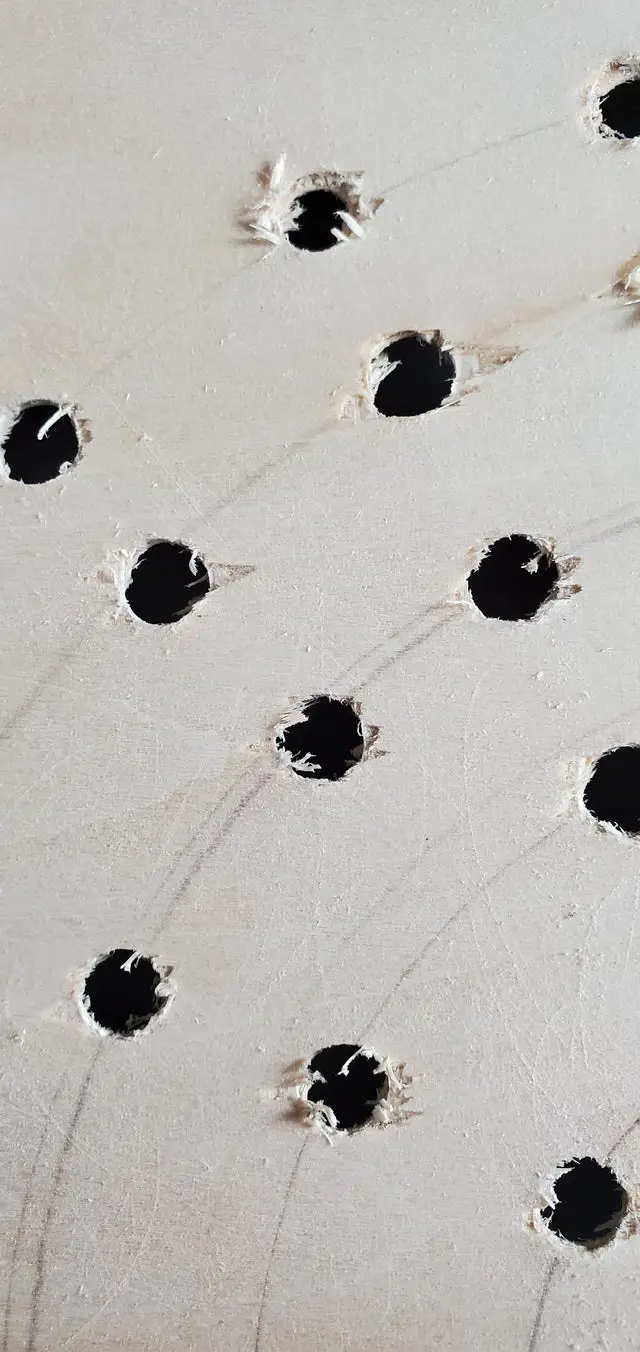Is Wood Fencing Cheaper Than Vinyl : The Ultimate Cost Comparison
When it comes to choosing the right fencing material for your property, cost is often a significant factor to consider. Wood and vinyl are popular options for fencing, each with its own set of benefits and drawbacks. However, determining which type of fencing is cheaper can be a complex decision influenced by various factors. In this article, we will explore the cost comparison between wood and vinyl fencing to help you make an informed decision for your fencing needs.
Initial Cost
The initial cost of installing a fence is an important consideration for many homeowners. Wood fencing is generally less expensive to install compared to vinyl fencing. The cost of wood fencing can vary depending on the type of wood used, such as cedar, pine, or redwood, as well as the style of the fence. In general, wood fencing tends to be more affordable upfront, making it an attractive option for budget-conscious individuals.
On the other hand, vinyl fencing is initially more costly to install. The materials used in vinyl fencing are manufactured and require specific tools and expertise for installation, contributing to the higher upfront cost. However, it’s essential to consider the long-term cost implications of both wood and vinyl fencing to determine the true value over time.
Maintenance Costs
While wood fencing may be cheaper initially, it often requires more ongoing maintenance, which can incur additional costs over time. Wood fences are susceptible to rot, insect damage, and weathering, necessitating regular upkeep such as staining, sealing, and potential repairs. These maintenance tasks can add up in terms of time and money, impacting the overall cost of wood fencing in the long run.
On the other hand, vinyl fencing is virtually maintenance-free. Unlike wood, vinyl does not require staining, painting, or sealing. It is resistant to rot, decay, and insects, offering long-term durability without the need for extensive maintenance. While the initial investment in vinyl fencing may be higher, the savings in maintenance costs over the life of the fence can make it a cost-effective choice in the long term.
Longevity and Durability
Another factor to consider when evaluating the cost of wood versus vinyl fencing is the longevity and durability of each option. Wood fences, when properly maintained, can have a lifespan of 10-20 years, depending on the type of wood and environmental factors. However, they are more prone to damage and deterioration over time, which may necessitate replacements or major repairs, adding to the overall cost.
Vinyl fencing, on the other hand, is known for its exceptional durability and longevity. It can last for 20-30 years or more with minimal maintenance, making it a cost-effective investment in the long term. The resilience of vinyl against the elements and everyday wear and tear can result in fewer replacement or repair expenses, ultimately impacting the total cost of ownership.

Credit: www.landscapingnetwork.com
Environmental Impact
Considering the environmental impact of fencing materials is another aspect of the cost comparison. Wood fencing, when sourced from sustainable forests or suppliers, can be an environmentally friendly option. However, the maintenance and eventual disposal of wood fencing materials, including the use of chemicals for treatment and staining, can have ecological implications.
Vinyl fencing, while requiring the use of non-renewable resources in its production, offers a longer lifespan and lower maintenance needs, reducing its overall environmental impact. Additionally, the recyclability of vinyl materials at the end of their life cycle can contribute to a more sustainable approach to fencing. When evaluating the cost of fencing, considering the environmental consequences can provide a holistic perspective on the true cost of each option.
Final Considerations
In conclusion, while wood fencing may have a lower initial cost, the long-term expenses associated with maintenance, repairs, and replacement should be carefully considered. Vinyl fencing, despite its higher upfront investment, offers significant savings in maintenance and longevity, making it a cost-effective choice over time. Additionally, the environmental impact and sustainability of each fencing material should be factored into the overall cost analysis.
Ultimately, the decision between wood and vinyl fencing depends on your specific needs, budget, and priorities. By weighing the initial cost, maintenance expenses, durability, and environmental factors, you can make an informed choice that aligns with your long-term goals for your property.
Frequently Asked Questions On Is Wood Fencing Cheaper Than Vinyl : The Ultimate Cost Comparison
Is Wood Fencing Cheaper Than Vinyl?
Wood fencing is generally cheaper initially but may cost more in the long run due to maintenance.
What Are The Benefits Of Wood Fencing?
Wood fencing provides a classic, natural look and can be customized to fit various styles.
Is Vinyl Fencing More Durable Than Wood?
Vinyl fencing is often more durable than wood and requires less maintenance over time.
How Does Wood Fencing Compare To Vinyl In Terms Of Maintenance?
Wood fencing requires regular maintenance such as staining and sealing, while vinyl is low maintenance.






